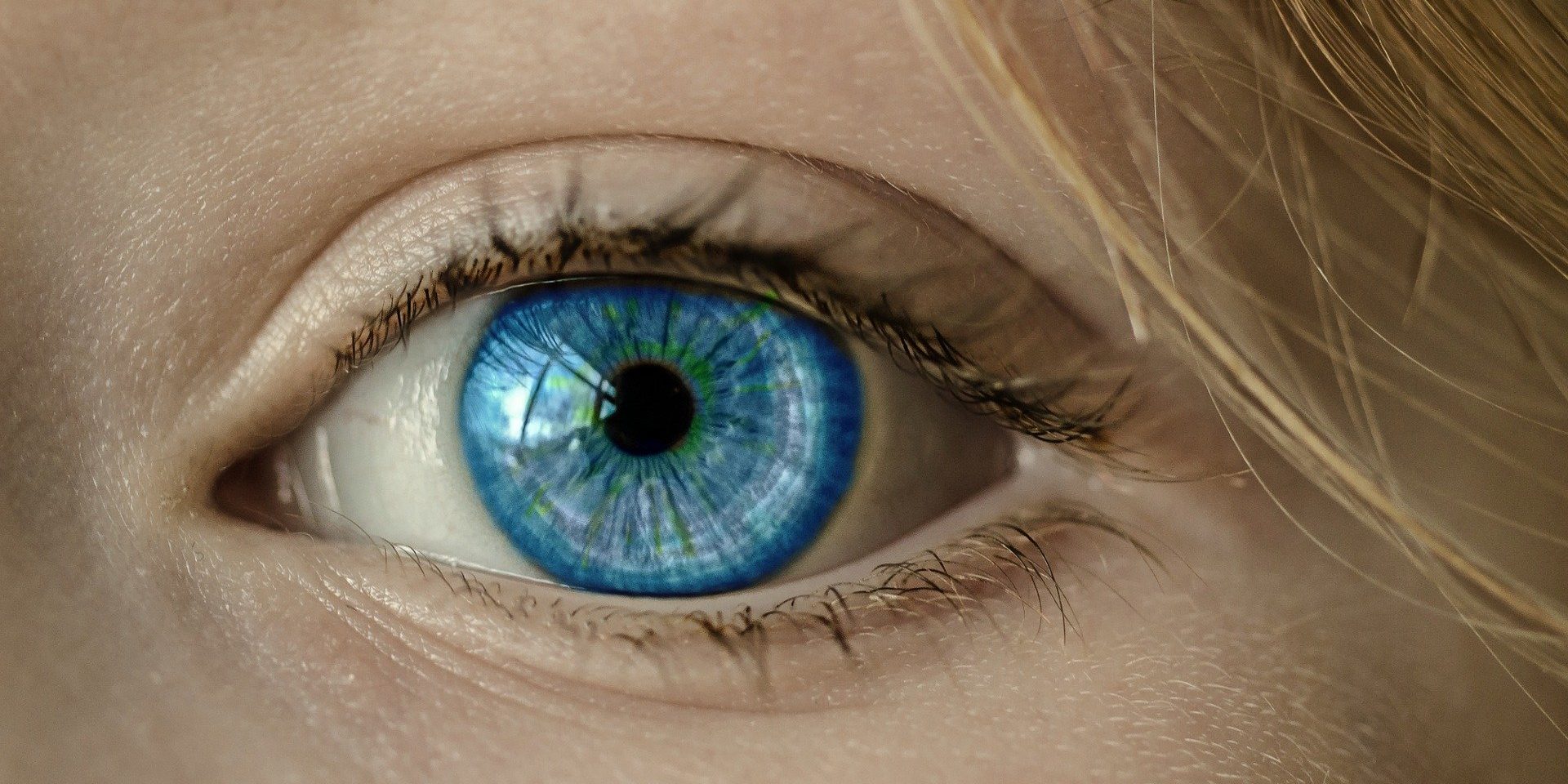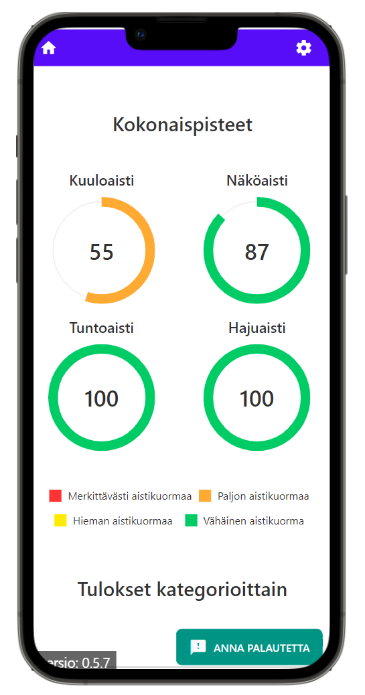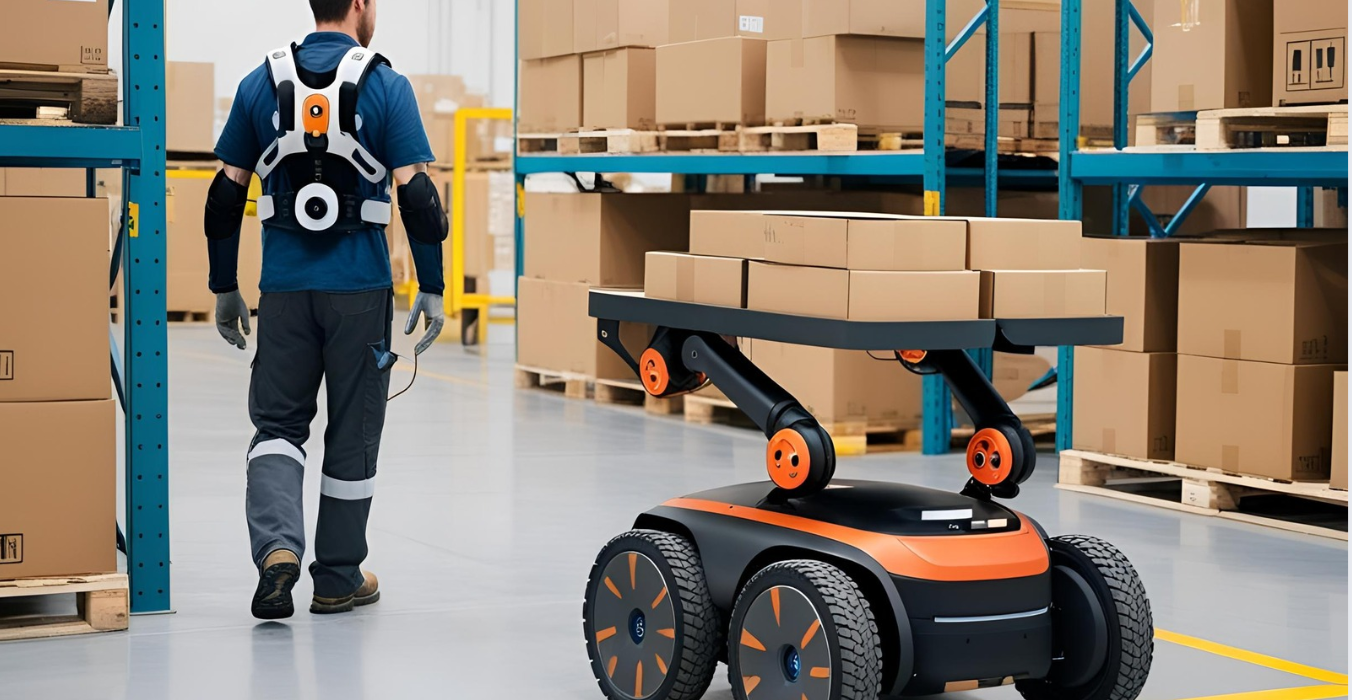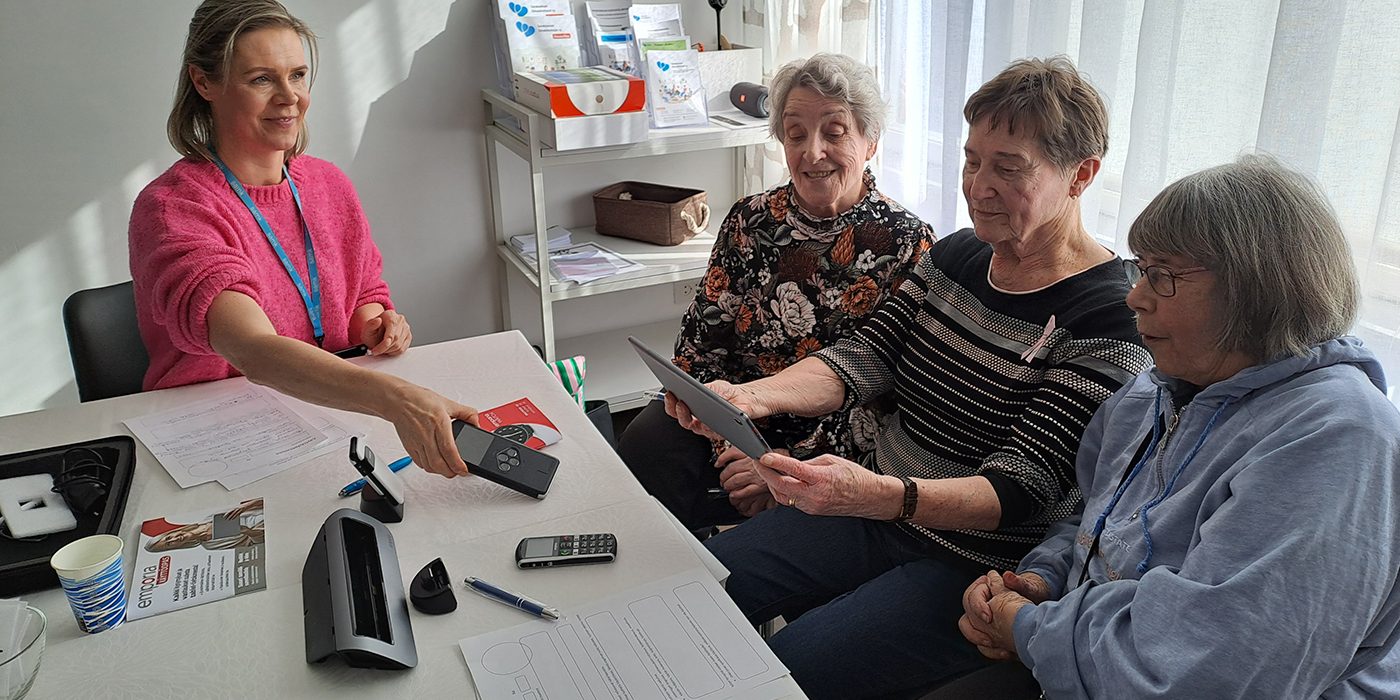We Research: A sensory accessibility app
It is estimated that 15–20% of the population is particularly sensitive and highly stressed by environmental sensory stimulus such as glaring lights, noisy rooms or cluttered surfaces. Instead, sensory-friendly spaces that help us all the mentaly recover. The DigiNepsy project at Satakunta University of Applied Sciences has developed a web application to map a sensory accessibility of spaces.

Mental recovery is crucial to our well-being and certain types of spaces are important to this recovery process. The challenge is that identifying the sensory accessibility of spaces that is not always straightforward: Many of us have become numb to constant sensory load - we may recognise a certain kind of lack of patience or tension, but returning to its source is more challenging. Similarly, people with sensory sensitivities have always lived with their own sensitive senses and have no experience of how others experience the sensory stimulus that disturb them. This diversity of experience creates a kind of gap that can make it difficult to promote sensory neutrality in spaces.
The DigiNepsy project of Satakunta University of Applied Sciences has been working on a web application that helps to map a sensory accessibility of spaces. The idea is that the sensory load of spaces is measured together with a sensory sensitive person. The easy-to-use application will guide its users to pay attention to the main sources of sensory load and, based on the answers, will summarise the most significant sources of sensory load of the space. This means that the user does not need to have much knowledge about sensory accessibilty, as the app guides them to consider sensory stressors from different perspectives.
The application to be developed is based on the cooperation between Satakunta University of Applied Sciences, the Autism Association, the Finnish Association for People with Special Needs and other partners, which started already in 2014. Now the sensor accessibility tool has been updated into lighter web application that can be used on mobile devices or computers.
The sensory accessibility tool can be used in different sectors. For example, it is important for construction and interior design professionals to know how to create spaces where different people feel comfortable. Similarly, it is important for education and guidance professionals to be aware of the resources that a sensory-sensitive space can take away from a client, making it essential to adapt their own guidance to the client's needs.
It is also important to remember that sensory-friendly solutions do not necessarily require lots of money. By considering the sensory neutrality at the design stage, it is possible to create solutions that are very time-efficient. Sometimes, even small solutions can make a significant difference to making a space sensory-friendly. Above all, it is a question of knowledge, awareness and the desire to create spaces that are comfortable for different users.
Did you know?
- Explore The sensory accessibility app (aistiesteettömyys.web.app)
- We are currently collecting user feedback on the usability of the app and will make further changes to the app if necessary. Please, give us feedback ! (e-lomake, only in Finnish)


